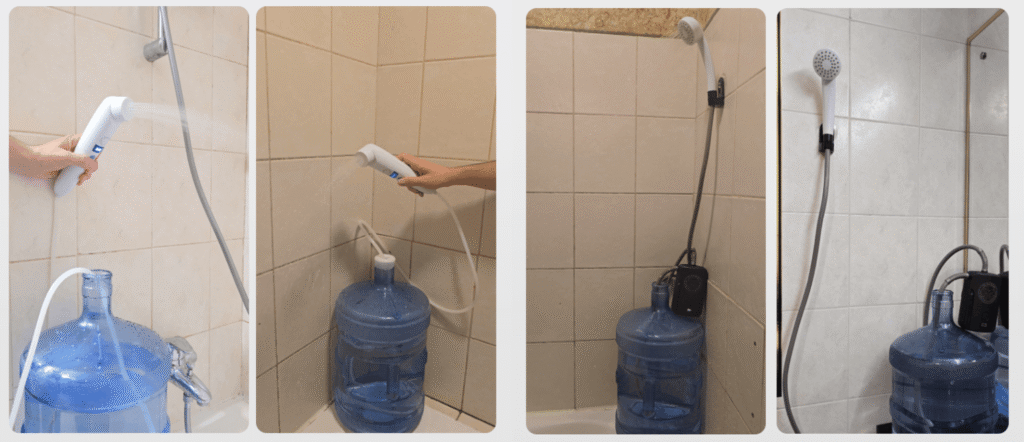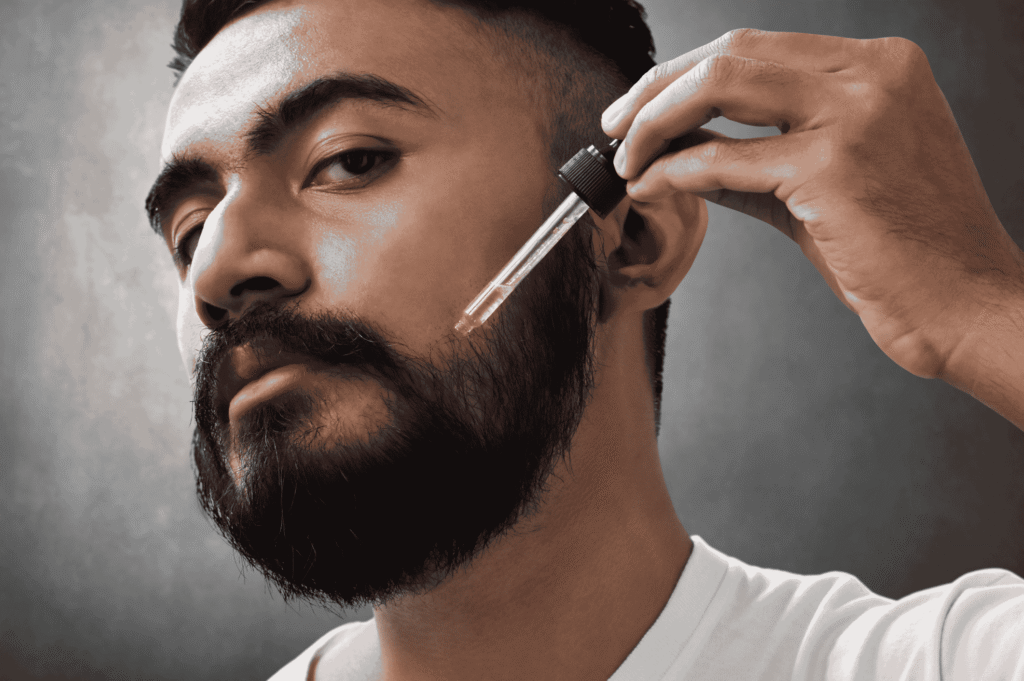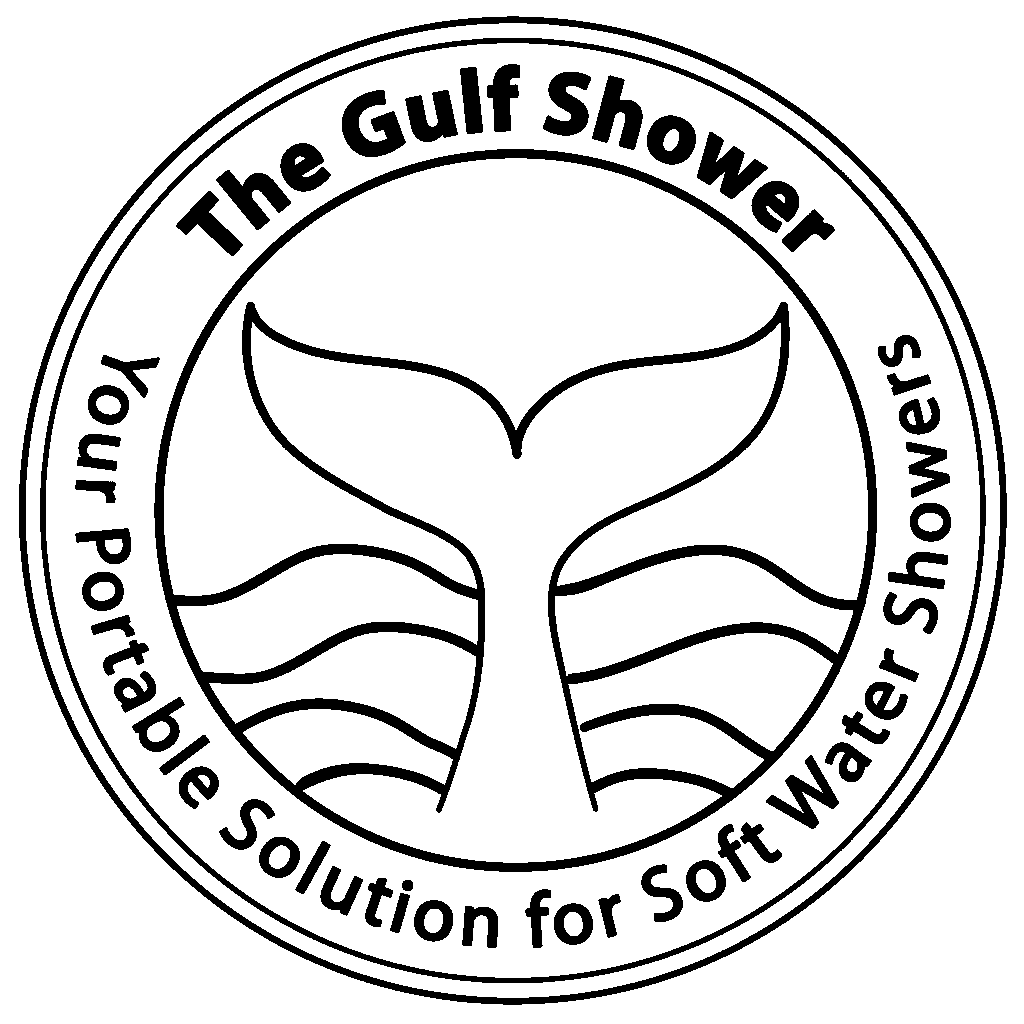
Beard feels dry after shower? You step out feeling fresh—but your beard?
Rough. Itchy. Bone dry.
It’s like the water rinsed everything except the part of your face you actually want to stay soft.
If that sounds familiar, you’re not doing anything wrong. But your beard is getting stripped—and it needs a smarter, more intentional recovery plan.
Why Beards React This Way After Showers
Beard hair is naturally different from scalp hair. It’s coarser, more porous, and requires its own care—especially after a hot shower. Here’s why your beard feels dry after shower routines:
-
It traps mineral buildup and soap residue easily
-
It dries faster and loses moisture more quickly
-
It’s sensitive to chlorine and hard water
-
It gets skipped in most post-shower skincare routines
If you live in the UAE or any region with hard or mineral-rich water, your beard is likely exposed to high levels of calcium, magnesium, and sometimes chlorine—leaving it rough and dehydrated even when your skin feels fine.
This is even more noticeable if your beard is naturally thick or coarse. After repeated exposure to hard water and aggressive drying, it can lose its shape, feel brittle, and even lead to split ends in facial hair.
How to Fix Beard Dryness the Simple Way
1. Rinse with Cleaner Water
Using bottled or filtered water for your final rinse can seriously upgrade your beard’s texture.
Hard water leaves behind mineral residue that coats your beard and makes it feel dry.
Using a smart, portable system like The Gulf Shower, you can easily connect to bottled water gallons at home or while traveling. That means a smoother rinse and softer beard—without plumbing changes or fancy installs.

2. Pat—Don’t Rub—Your Beard Dry
Skip the aggressive towel rub. Coarse friction makes things worse. Instead, pat your beard gently and leave it slightly damp—this helps seal in hydration when you apply beard oil or balm.
3. Choose a Light Beard Oil (Not Heavy Balm)
Not all oils are created equal. Go for light, fast-absorbing oils like:
-
Argan oil (softens and adds shine)
-
Jojoba oil (mimics skin’s natural sebum)
-
Grapeseed oil (non-greasy hydration)
Apply after your beard is damp—not dry. That’s when oil works best to lock in moisture. You don’t need to go overboard with product. Just 2–3 drops massaged evenly will do. Overapplying can clog pores and weigh your beard down. Remember, hydration is about quality—not quantity.

4. Keep Showers Warm—Not Hot
Hot water opens up your pores and strips oils from both your beard and the skin underneath. Stick to warm—not steaming—showers to avoid brittle hair and irritated skin.
5. Comb It Out
Post-shower, use a wide-tooth beard comb. This helps:
-
Distribute oil evenly
-
Detangle without breakage
-
Prevent split ends and patchy texture
Combing while your beard is still slightly damp (with oil applied) helps tame frizz and makes it easier to manage throughout the day.
Bonus Tip – Check Your Shower Products
Sometimes the problem isn’t just the water—it’s what you’re washing with.
Many body washes, soaps, or facial cleansers contain sulfates, alcohol, or artificial fragrances that strip natural oils and dry out both your skin and beard.
Look for sulfate-free, pH-balanced cleansers designed for beards or sensitive skin. These help maintain hydration while still doing the job of cleansing—without making your beard feel like straw.
A Softer Beard Doesn’t Take More Time—Just Better Water
Most guys think they need a fancy beard care routine to fix dryness. But the real fix is simpler:
-
Use cleaner water
-
Make 2–3 intentional tweaks
-
Be consistent
Cleaner water like what you get with The Gulf Shower removes hidden irritants and helps your beard retain more of what it needs—natural oils and hydration.
When you make this one change, you’ll feel the difference almost immediately: Less irritation. Less frizz. More softness.
And if your beard feels dry after shower time after time—it’s not you. It’s the water. And you now know how to change that.
For professional tips on keeping your beard healthy and hydrated, the American Academy of Dermatology shares dermatologist-backed advice worth checking out.

